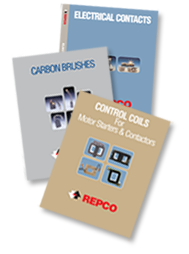When you consider what supplies you would need for three days after a natural disaster, first consider what emergencies are most likely to occur in your area. Prepare accordingly.
A supply kit sounds like something you could carry, but it isn't. When you consider a three-day supply of water and food per person (and pet), plus clothes, shoes, a sleeping bag or blanket for each one, plastic sheeting and duct tape, it's hardly moveable. You need space and a convenient location.
If the emergency could be a flood, the attic or second floor might be a good storage area. If you are more likely to be trapped by a blizzard, tornado, or earthquake, a part of the garage or basement would be better.
That's especially true since the government recommends including garbage bags and closers, toilet paper, hand tools, a bottle of bleach, moist towelettes, a first aid kit, disposable plates, cups and dinnerware, and a fire extinguisher.
Create an ID Kit of insurance policies, identification, and bank account records in a separate waterproof container.
Some emergency items don't take as much room. They include:
- A flashlight, battery-operated radio and cell phone with extra batteries, and matches in a waterproof container.
- A three-day supply of medications, plus traveler's checks, cash and change, pencil and paper, and a dust mask.
- Personal hygiene items and feminine supplies should be included.
- If you have a baby, don't forget the disposable diapers. If you have children, include books, games and puzzles.
If trapped on the road during a tornado, never leave your car to shelter under a bridge. There are no handholds and the wind action under a bridge can brutally injure and maim.
By the way, if a forest fire heads your way, all you'll need is a little cash, the ID container, your medicine and some gas in your car. Get going.

